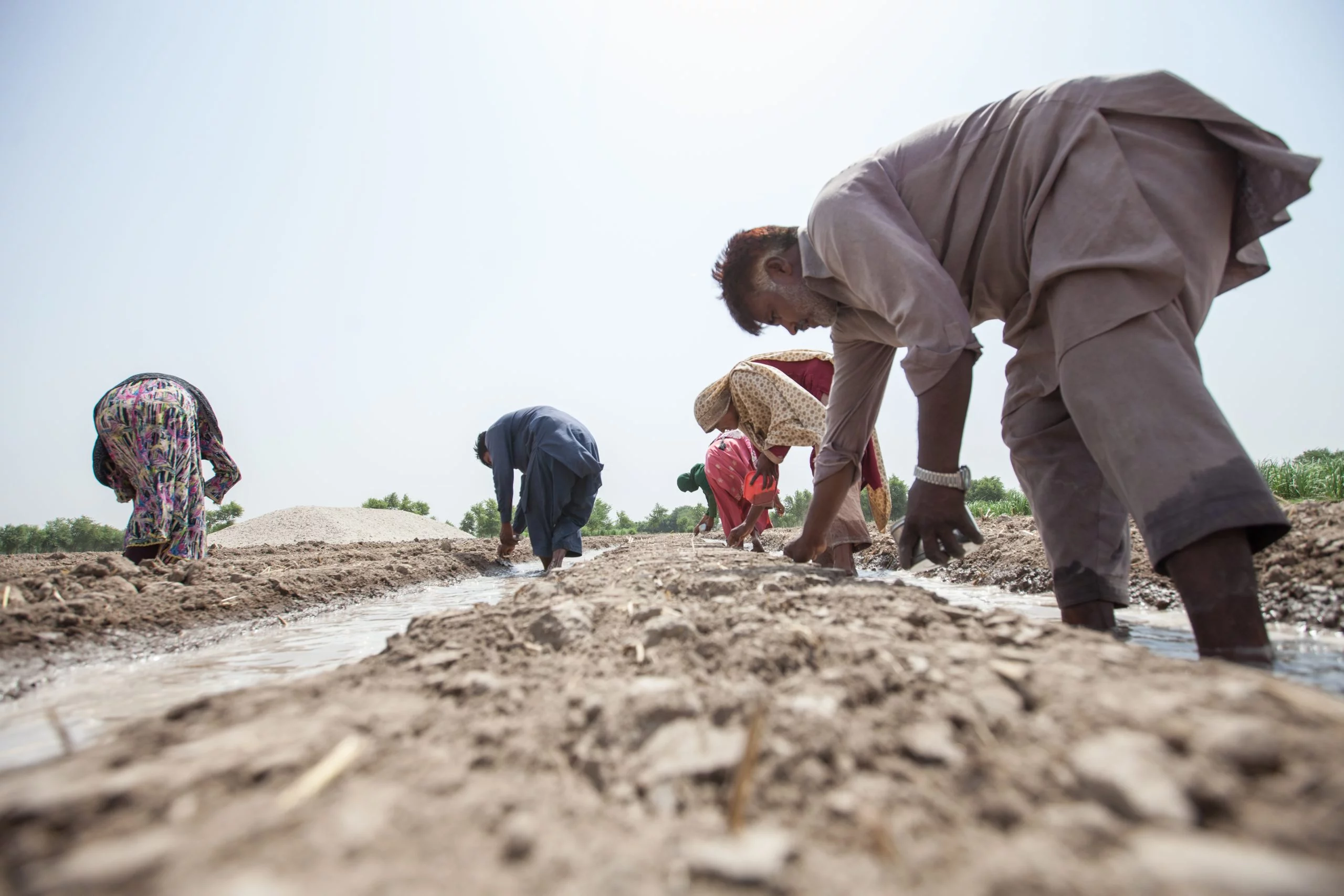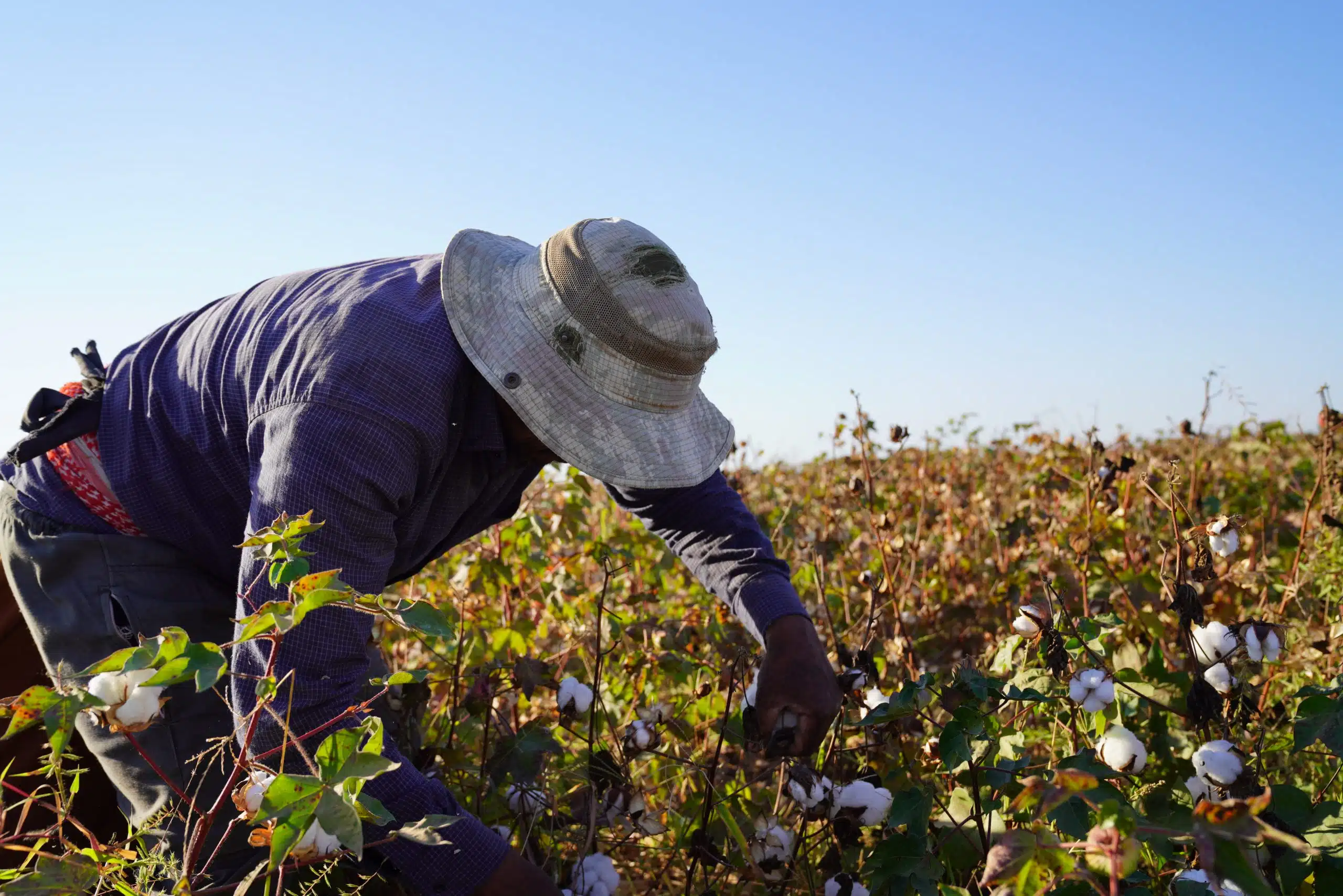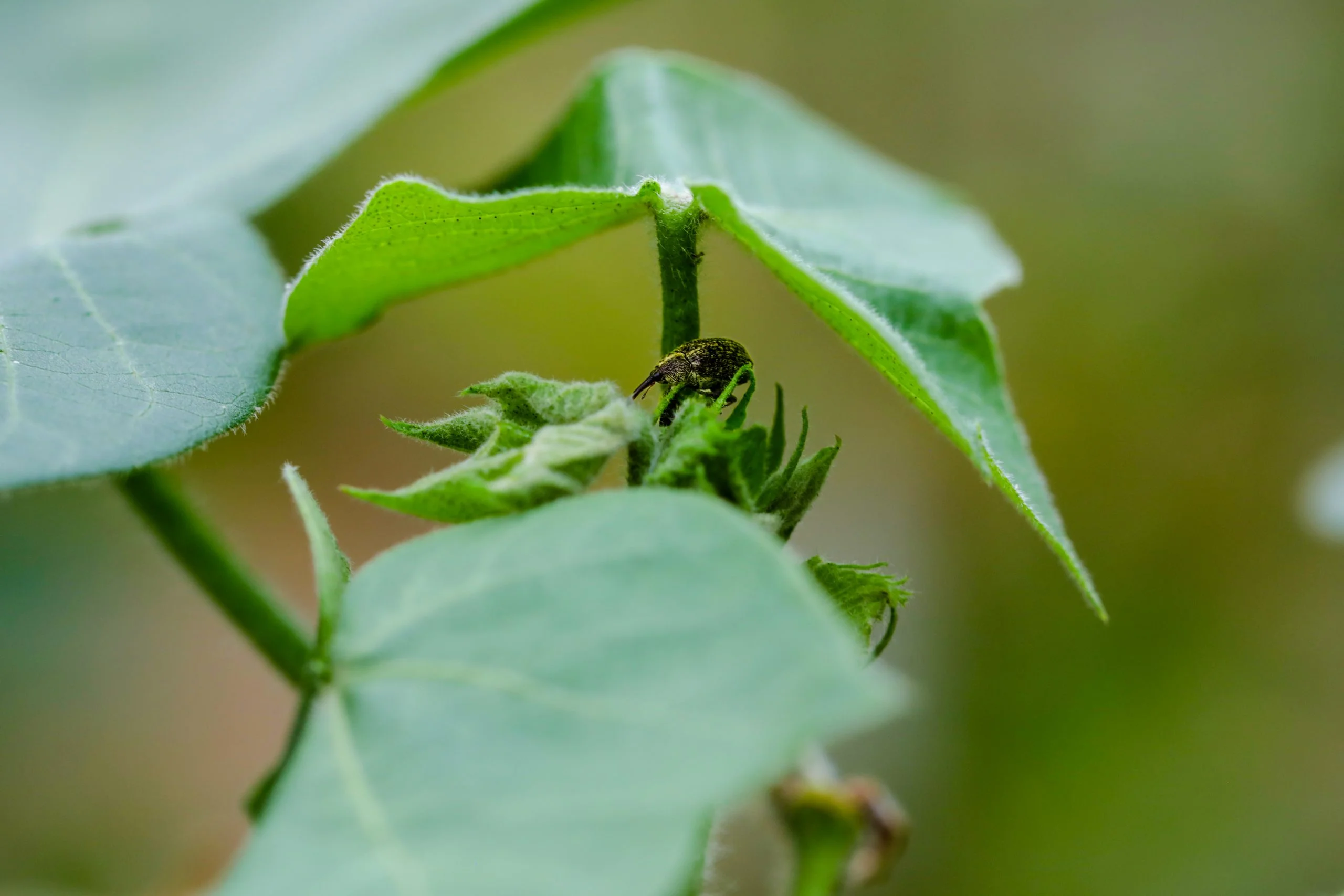
From 28 February to 2 March 2023, Better Cotton held a workshop in collaboration with ABRAPA, the Brazilian Association of Cotton Producers on Integrated Pest Management (IPM). IPM is an ecosystem approach to crop protection that combines different management practices into a strategy for growing healthy crops.
Taking place in Brasilia, the workshop brought together a range of international experts, with presentations and discussions on the latest research and best practices. It also included a field trip to a farm to look at the different ways pest management is executed on a large-scale farming system, including both the successes and challenges.
During the workshop, we sat down with Dr Peter Ellsworth, Professor of Entomology and Extension IPM Specialist at the University of Arizona and Dr Paul Grundy, Technical Lead for IPM at CottonInfo in Australia to talk about their experiences and expertise in IPM.
Let’s start with some definitions – can you explain to me what a biopesticide is?
Dr Peter Ellsworth: In terms of what most people think, it just means a biologically derived pesticide. A pesticide is just something that kills a pest. What a lot of people don’t understand is that a pest is only an organism out of place or out of time. So that could be a weed, it could be a virus, a bacterium, an insect or a mite.
Dr Paul Grundy: I’d describe it as a pathogenic organism that you can spray for the control of a pest. It will be either a virus, fungus or a bacterium. A key advantage is that many biopesticides have a narrow target range and can work well within an IPM program.
What about beneficials, natural enemies and cultural controls?
Dr Peter Ellsworth: When it comes to natural enemies and beneficials, there’s a little nuance there. A natural enemy would be usually some arthropod that feeds on other arthropods, but it could include the pathogens that naturally kill our insects. A beneficial includes all natural enemies, but also includes our pollinators and other organisms that have value in our system.
Dr Paul Grundy: Cultural controls are a range of things. It could be something as simple as an agreed sowing or crop end date. Essentially, it can be anything that entails a crop management tactic that disadvantages a pest.
Peter, can you explain the Arizona scouting and monitoring method that you developed?
Dr Peter Ellsworth: Sure – it’s just counting! But it’s about knowing where to count. In the case of Bemisia whiteflies, you have an animal that can colonise any part of the plant. It can be anywhere on any of the hundreds of leaves on the plant. So, years ago, we did studies to figure out exactly which leaf is most representative of the overall distribution of whitefly adults on the plant. Then we did the same thing for the eggs and nymphs.
Basically, the method is about counting down to the fifth leaf from the top of the plant, turning it over, and when there are three or more adult whiteflies on this leaf, classifying it as ‘infested.’ You also count large nymphs – you detach the leaf, turn it over and you look at a disc the size of a US quarter, using magnifying loupes that we have outfitted with a properly sized template, and if there’s one nymph in that area it’s infested. You tally these two counts up, and when you have a certain number of infested leaves and infested leaf discs, you know if it’s time to spray.
You’re from Australia and the US, which mainly have large cotton farms – but when it comes to Integrated Pest Management (IPM) for smallholders, how much is transferable?
Dr Paul Grundy: Conceptually, it’s the same thing. Pest management is a people business, so the principles for IPM are just as applicable on a small scale as they are on a large scale. There are obviously different logistical scales associated, but the principles are very similar.
Dr Peter Ellsworth: Yeah, the principles I would say are identical. But there are a couple of notable things that change what a smallholder can do. One of them is area-wide factors. Unless the smallholder is terribly well connected with their community and many, many other smallholders cooperate, they don’t have the ecological landscape engineering opportunities that Mato Grosso has. Large farms can do very specific things around isolation, crop placement and timing and sequencing that a smallholder just wouldn’t be able to take advantage of. These area-wide approaches represent important prevention or avoidance tactics that reduce pest pressures on your cotton crop.
The other thing is the hazards. It depends on the smallholder, but for the most part, some of the safety procedures and equipment aren’t necessarily available there, so the stakes are so much higher.
What’s more important in IPM, people or technology – and how do you think about data and its importance in IPM?
Dr Peter Ellsworth: There’s no reason for IPM without people because we define what a pest is. I always say no bug was born to be bad, we make it bad. We place value on specific things in our world, whether that’s agricultural production, or having a mosquito-free home, or running a non-rat-infested restaurant.
Dr Paul Grundy: From a technology and research perspective, we use data to understand and describe what’s going on and to determine whether what we’re putting in place is successful or otherwise. So, if we look at pesticide use data and then we look at pest resistance testing data, often you can match those to data sets up to understand on-farm changes. Typically, a change in resistance will more than reflect a change in chemical use patterns, which is why it’s important to have that on-farm data. We have a saying in Australia which is “If you can’t measure it, you can’t manage it”.
How important is international collaboration in IPM?
Dr Paul Grundy: I’ve learned a lot from international collaboration. For example, in preparation for the possibility that Begomoviruses might enter Australia following the spread of its vector, the silver leaf whitefly in the mid-2000’s, we assembled a team that went to Pakistan to learn what we could from those with experience and form connections with people who we would be able to talk to should this problem emerge in Australia. That since came around full circle through Better Cotton – with my subsequent involvement with Pakistan researchers who have wanted to learn from us how to better implement IPM. The exchange of information is always valuable in both directions.
Dr Peter Ellsworth: I’ve worked a lot in northern Mexico. Sometimes people say, “You’re in US cotton, why are you helping Mexican growers?” I say that they’re our neighbours and any problem they have could be ours. They jointly eradicated boll weevil and pink bollworm with us, for example. They’re important partners in business and in everything.
Some people asked the same question about why I’m coming to Brazil, but I don’t look at the cotton industry in terms of competitors. I do think as an industry worldwide, there are many more ties that bind than separate.










































